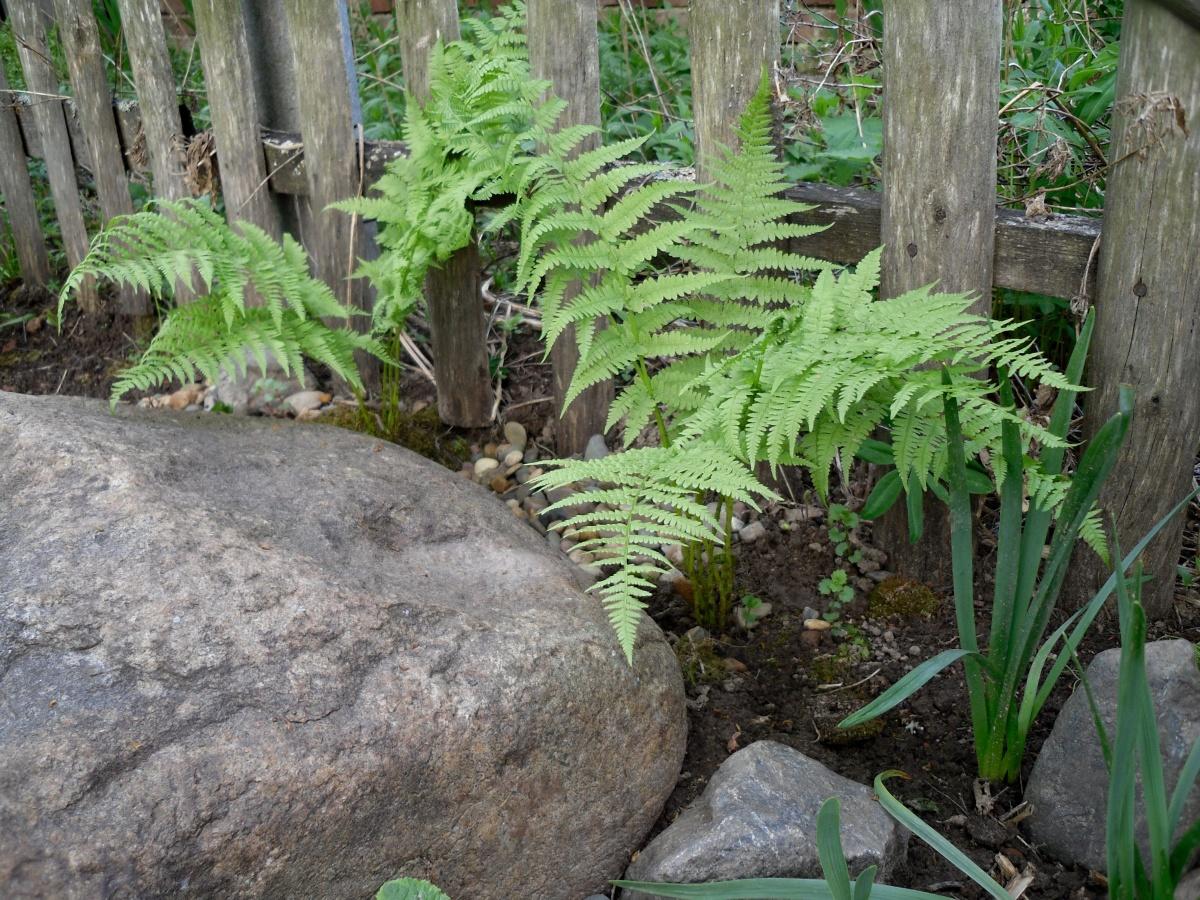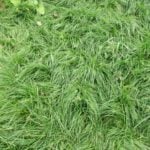The composition of plants and stones, which give me real pleasure; I get pleasure from their creation and contemplation (perhaps this is the most accurate, the most correct word when it comes to stones: not “to consider”, but “to explore”).
And of course, I couldn’t get past the two huge boulders at the fence of my new home. In the autumn, they were barely visible: they were covered with lupine bushes and grasses. But in the spring, after freeing up some space, I found this:
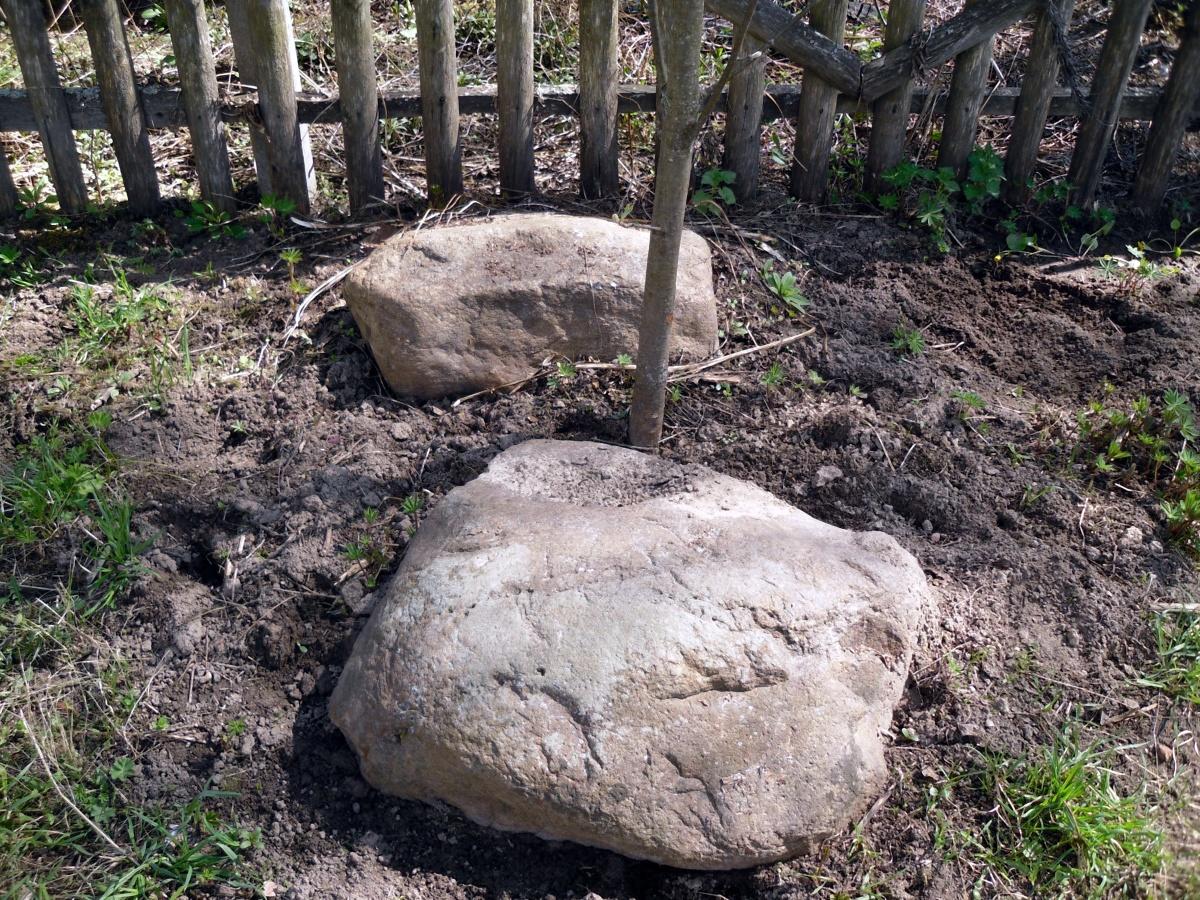
There was no question of moving these boulders from their place, without special equipment or significant physical effort, it is very problematic. And now what to do? After all, they can be used as a basis for creating a small rock garden, where the “leading role” is stones.
This rockery will have to do with breaking all the rules. But this is not an argument that will make me give up my intentions. Well, then, we’ll have the” wrong ” flower garden.
The first thing I did was to dig up the lupine and various weeds as thoroughly as possible, picking out the remains of the rhizomes. It should be understood, of course, that this way of creating rockeries will not completely get rid of weeds, since some of the roots go deep under the stones or hide in the root system of mountain ash growing between boulders. So weeding in the future can not be avoided.
Then they begin to form the relief and contours of future rockeries.
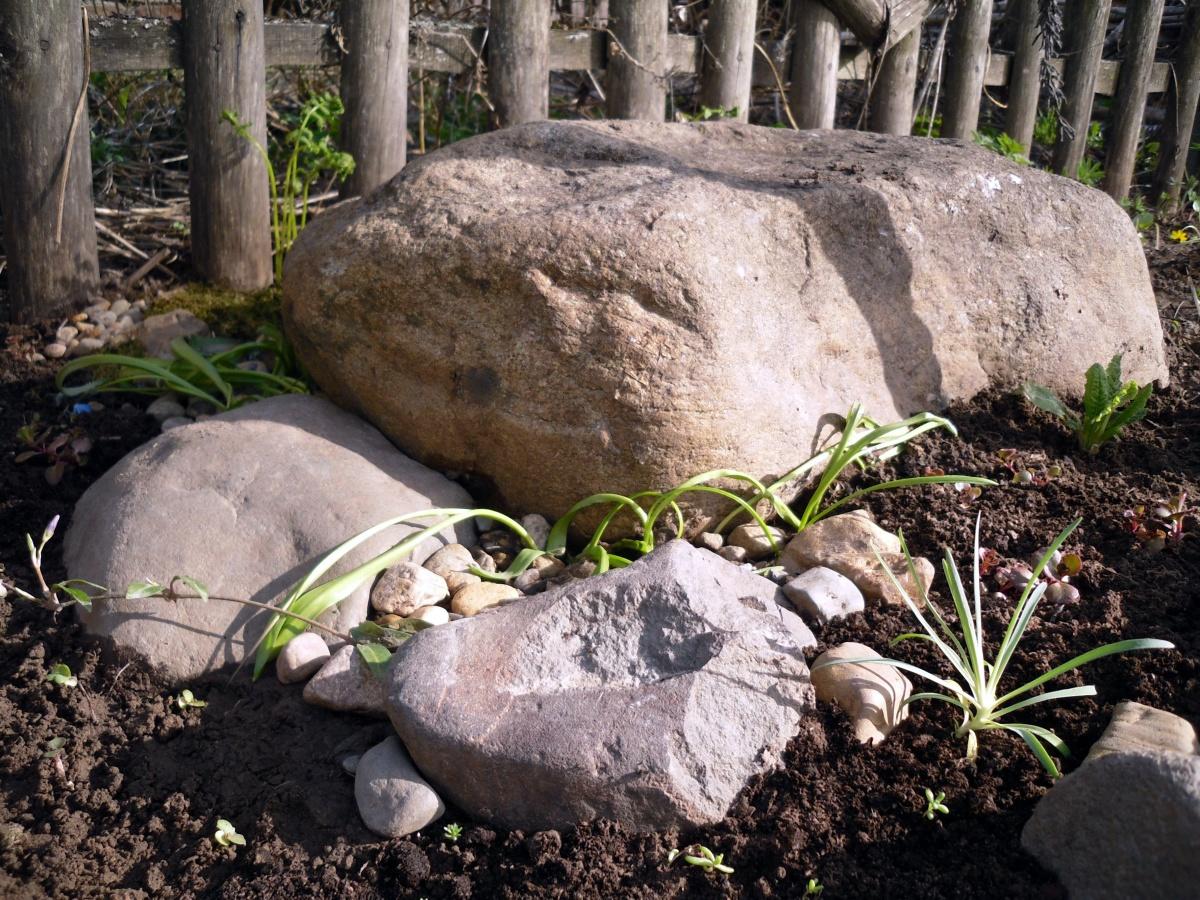
I love flowerbeds that imitate rocky scree, mountain slopes, but in this case, no elevations are observed and even artificially create them will not be possible. However, the rockery does not have to have height differences, it can be flat.
So I started picking up rocks, planting plants. The “right” rockery has a solid, carefully selected composition, so mine is the result of research and experiments. To make the whole composition look more natural, you need to look for a replacement, it is important to include stones of different sizes from large to small, as it happens in nature.
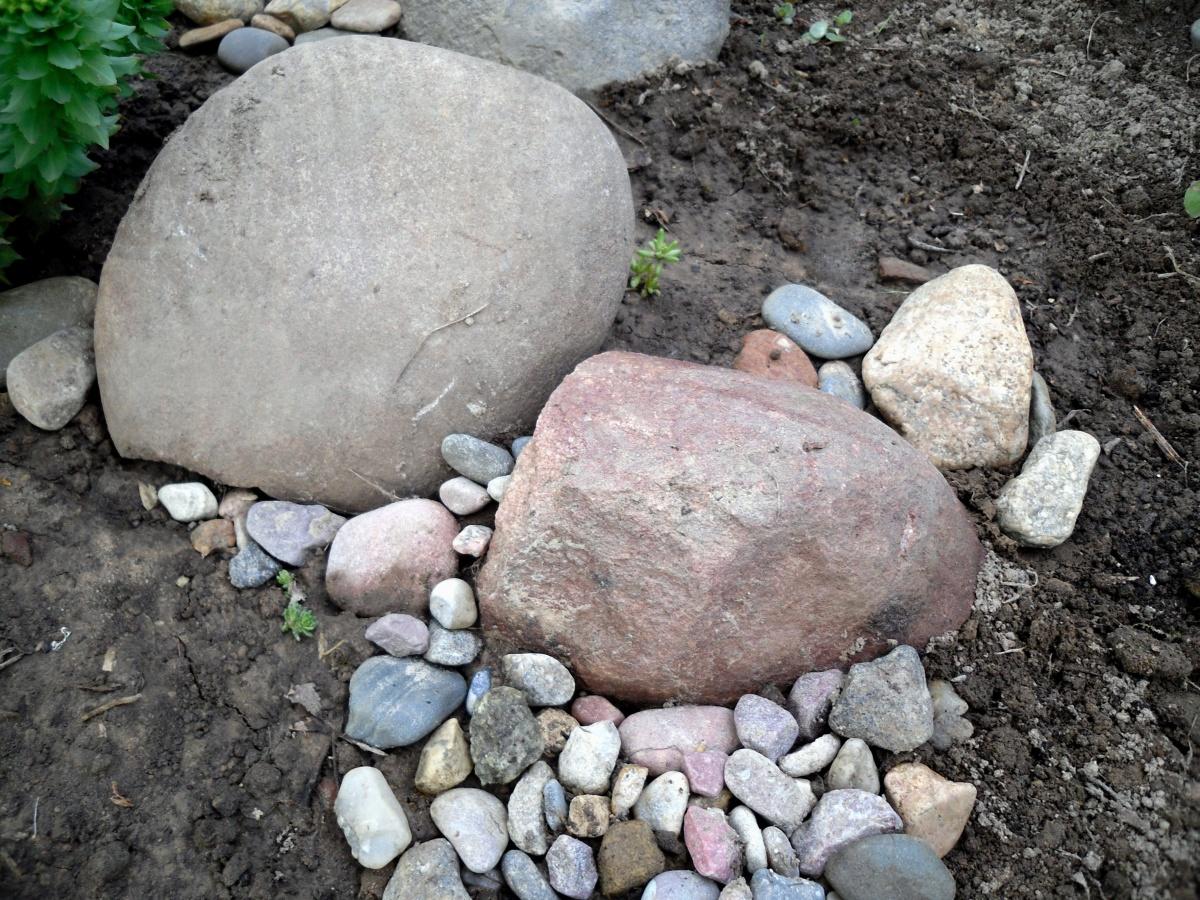
Small pebbles can fill the empty space and emphasize the borders of the flower garden.
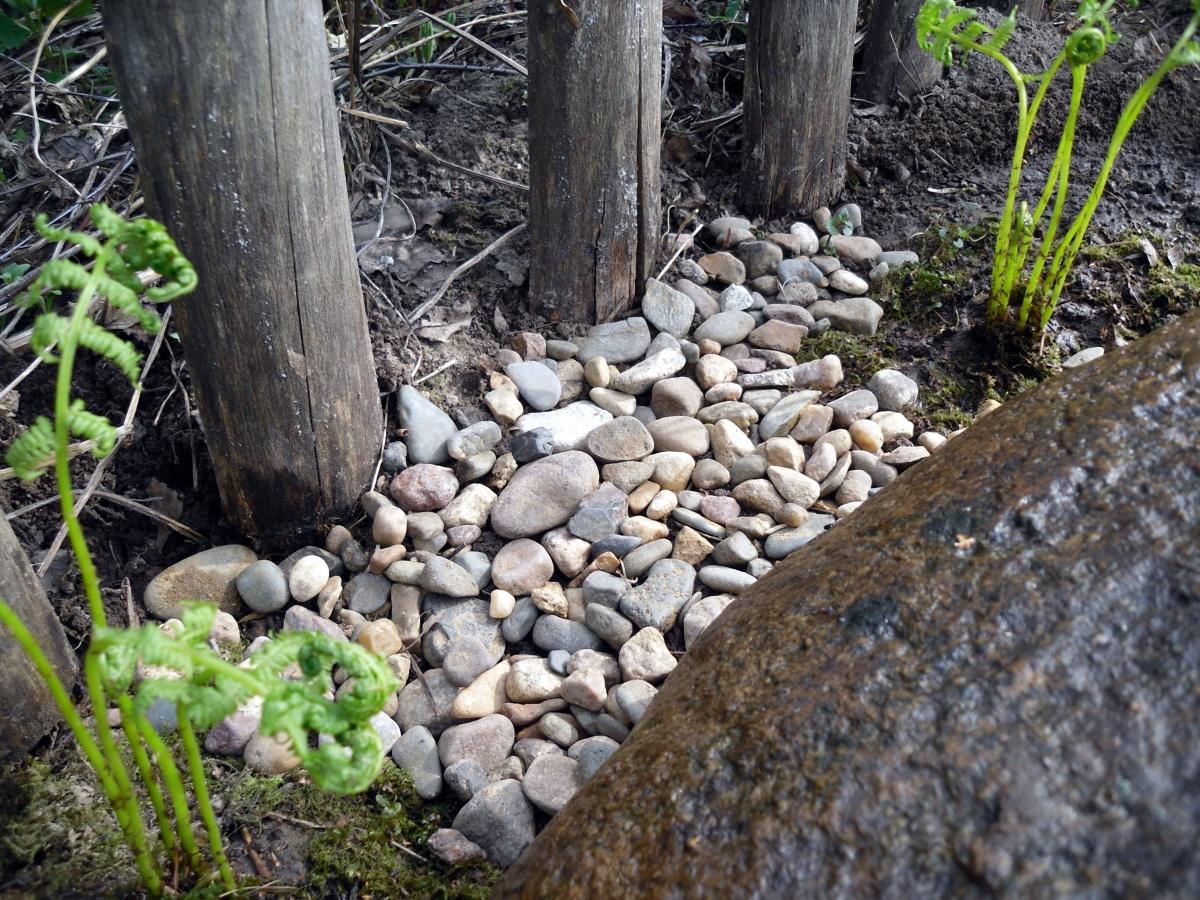
This work is painstaking. I like not just to fill the ground with stones, but to pick them up, to look for harmony, to achieve beautiful combinations and elegant lines. Therefore, my rockeries were built for a long time, slowly, changing day by day…
However, it will change continuously: overgrown plantings will transform its appearance. Still, very tiny sedums will try to win as much space as possible. Some types may end up even completely hiding the stones that lie beneath them with their carpet.
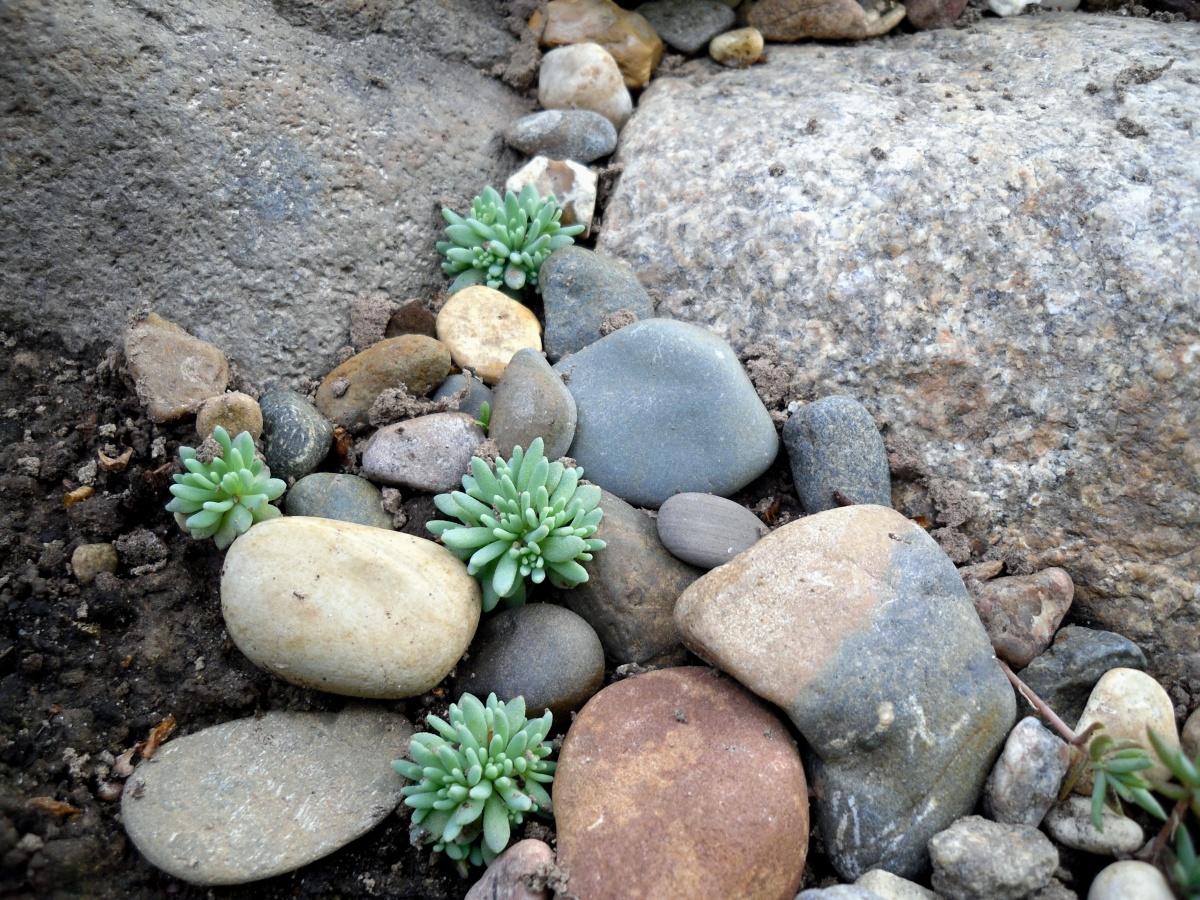
Saxifrage will grow, and ajuga will form a lush primrose bush.
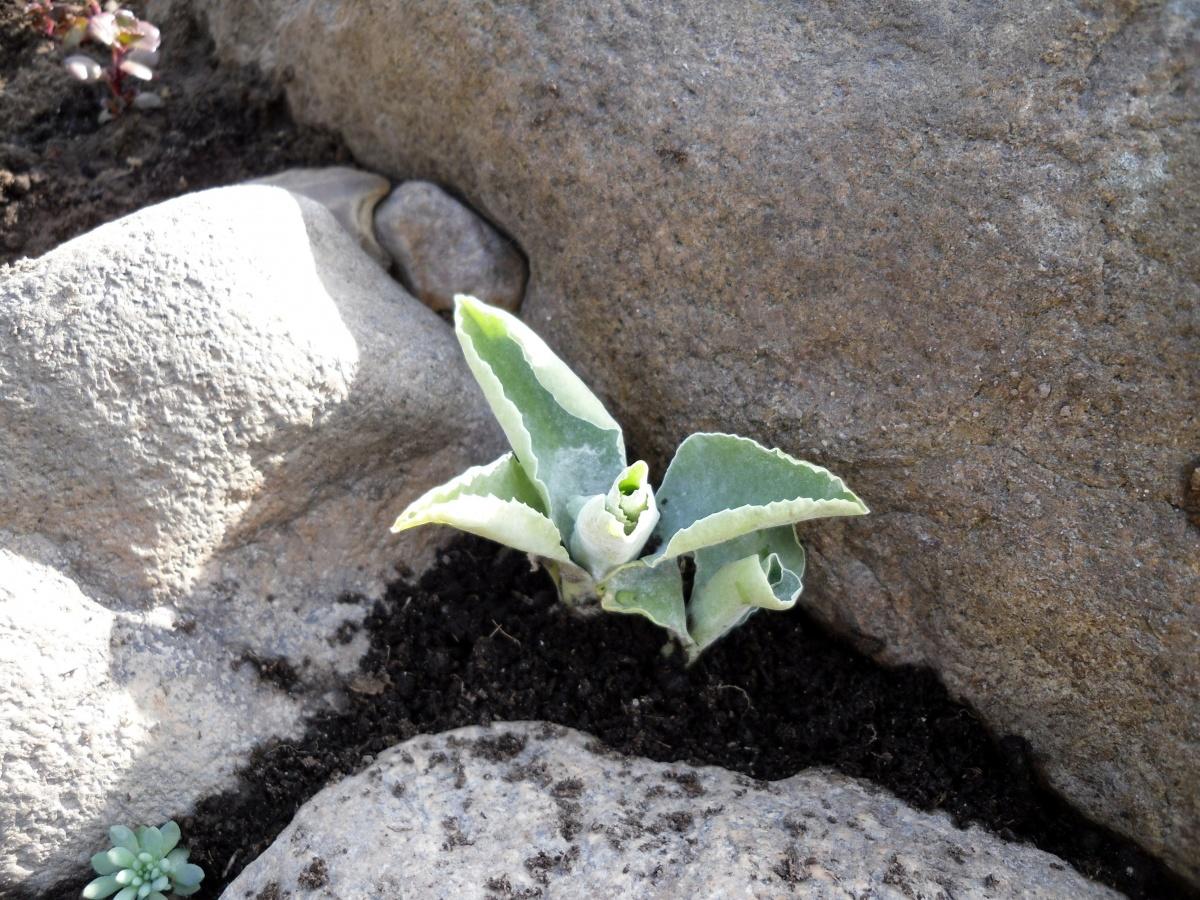
In the fall, a lush bush is formed, and next year the carnation will bloom, which now looks very modest and unassuming.
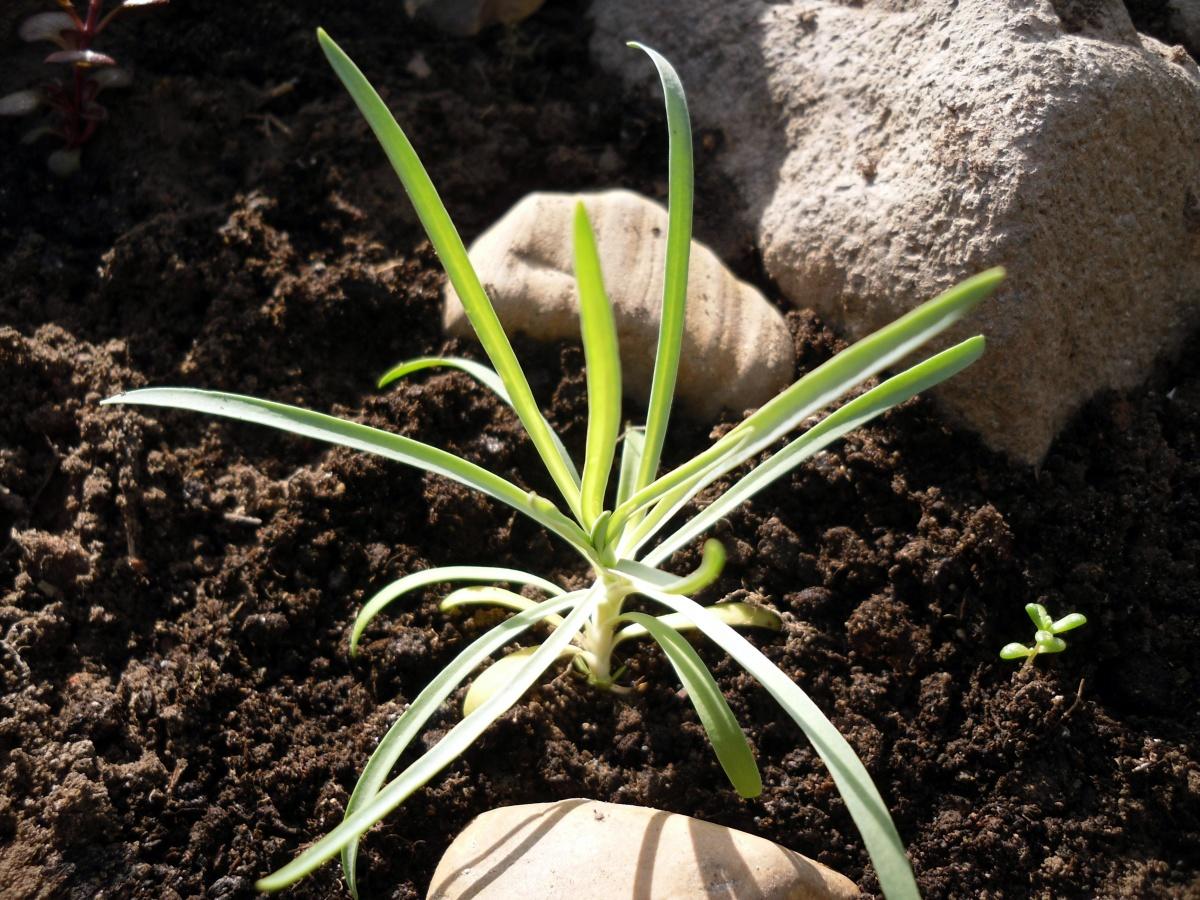
All summer long, the bellis perennis will bloom; their frivolous flowers accentuate the austere restraint of the stones.
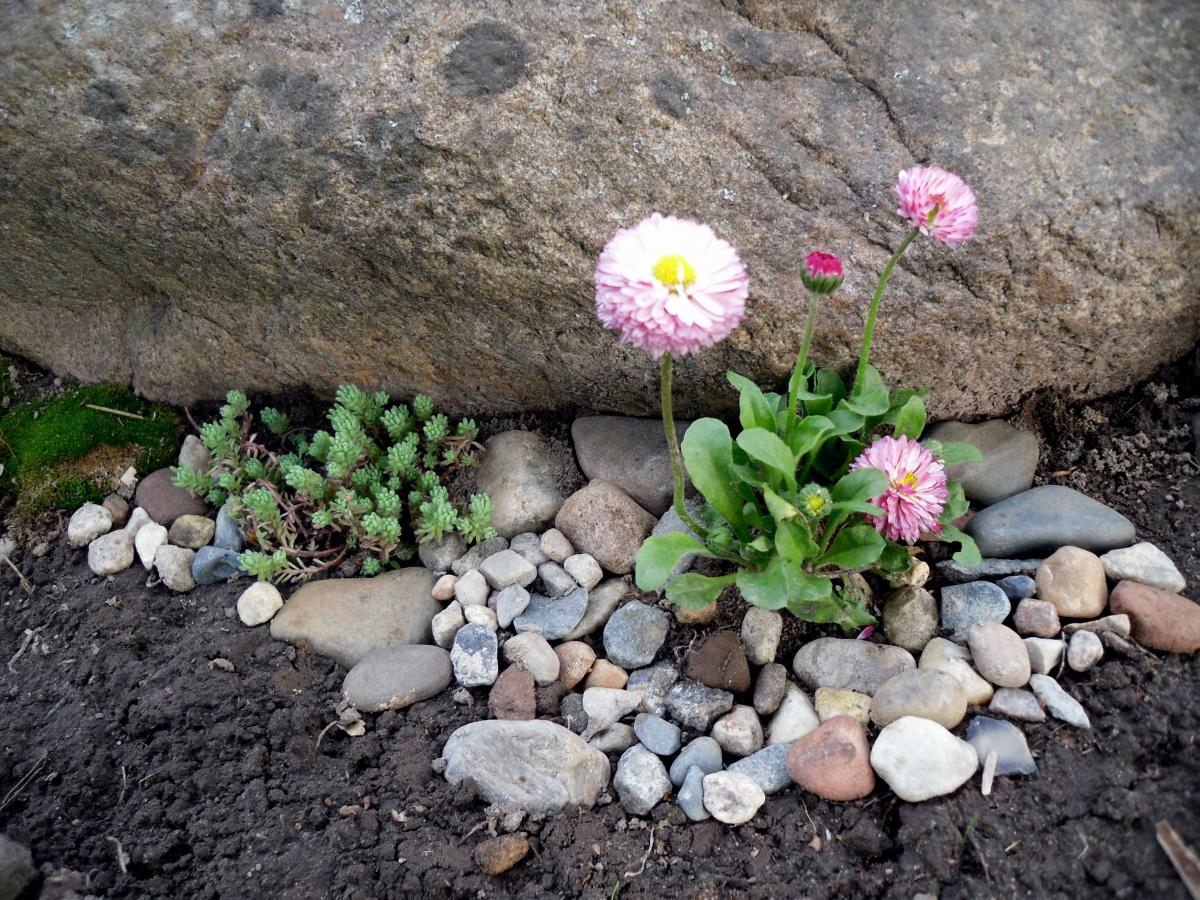
Now one of the main accents of the rockeries of the shrub is Rhodiola rosea. At the time of its flowering, it is very well combined with the pale yellow primroses growing nearby.

One of the main disadvantages of this method of creating a flower garden: it does not have protection from attacks by shrews and moles. Usually, at the base of rockeries, a wire metal mesh is laid, so that these animals do not spoil the beauty with their violent activity.
The lack of a drainage layer in my case, fortunately, is not critical: the soil is loose, permeable, in the place where the flower garden, the water does not stagnate. But in other circumstances, this can also be a problem. However, this can be solved by selecting suitable plants — those that need a lot of moisture, such as hosta or ferns.
